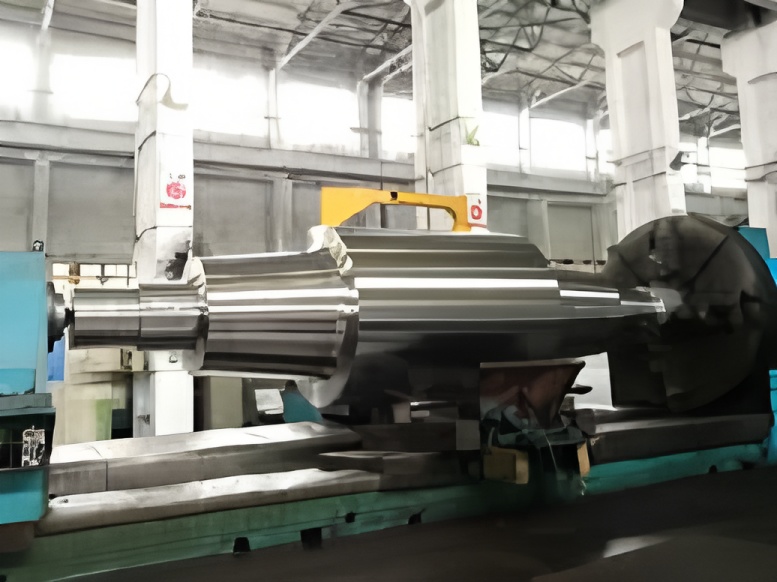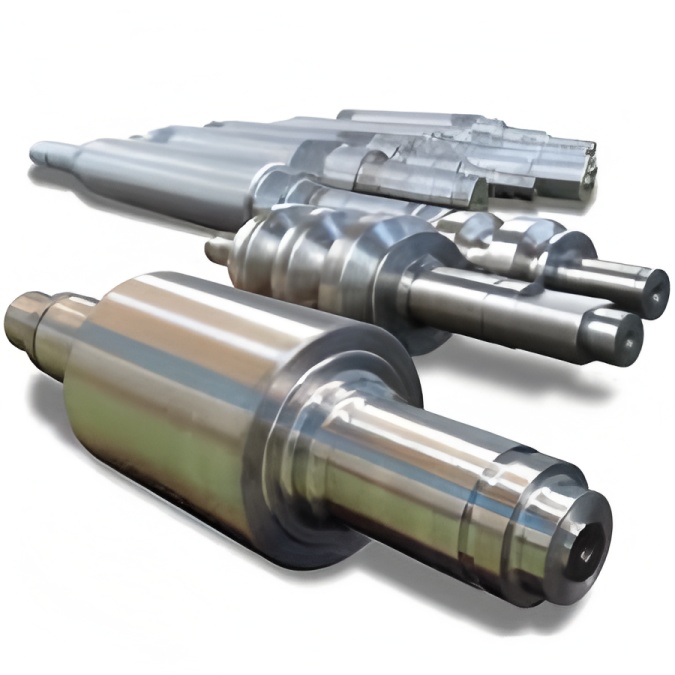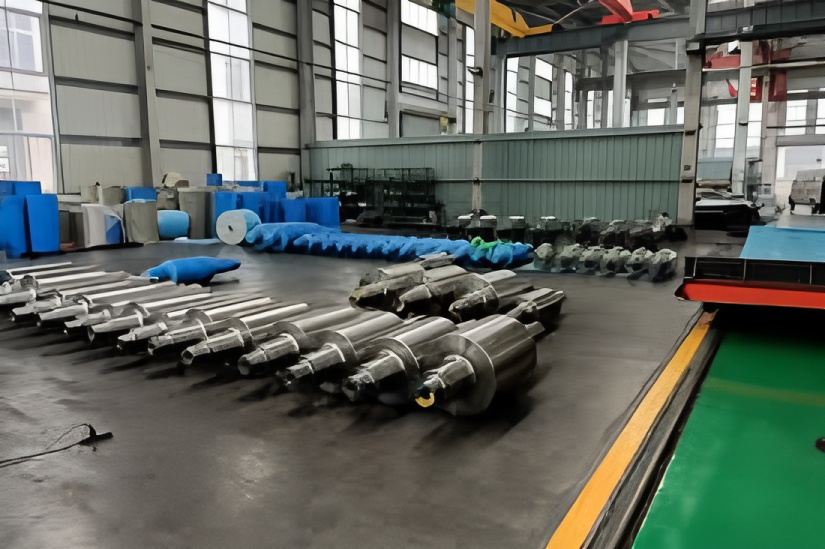Frequently Asked Questions: Six-High Reversing Mill Cold Rolling Technology
1. How to Control Rolling Force?
High rolling force makes plate shape control difficult, causes uneven roll temperatures, and reduces roll bearing capacity. For newly replaced work rolls, use higher tension to reduce rolling force; this can be decreased after processing 2–3 coils.
Conversely, if rolling force is too low, thickness control becomes challenging. Reduce tension roll resistance to relatively increase rolling force.
2. How to Manage Thickness Fluctuation?
For significant thickness variations during rolling: first reduce speed and minimize tension differences. If fluctuations remain large, disable automatic monitoring.
For variations within 20 μm: maintain speed below 500 m/min
For variations exceeding 20 μm: reduce speed below 300 m/min
3. Causes of Edge Cracking
Insufficient edge roughness on rolls
Color differences at strip edges
Excessive total deformation or final pass reduction
Raw material defects like bulging or cracking
Inadequate pickling or edge trimming
4. Controlling Edge Cracking and Strip Breakage
For severe edge cracks: reduce work roll bending force, lower rolling speed, and decrease exit tension. This reduces edge tension and prevents crack propagation. If edge bulging is observed, replace work rolls immediately.
5. Causes and Solutions for Strip Deviation
Strip deviation typically occurs during coil wear or tail flicking. Main causes:
Material Issues: Poor incoming strip shape with severe edge waves or misalignment, preventing accurate centering by uncoiler. Solution: Avoid high speeds, adjust roll gap position promptly, or stop if necessary.
Operational Errors: Incorrect roller leveling adjustments.
Electrical Issues: Sudden loss or reduction of coiler tension.
Roll Problems: Severe taper on ground rolls complicates operation and may cause breakage.
Equipment Failure: Malfunctioning uncoiler centering, contaminated sensors, or faulty detection devices.



